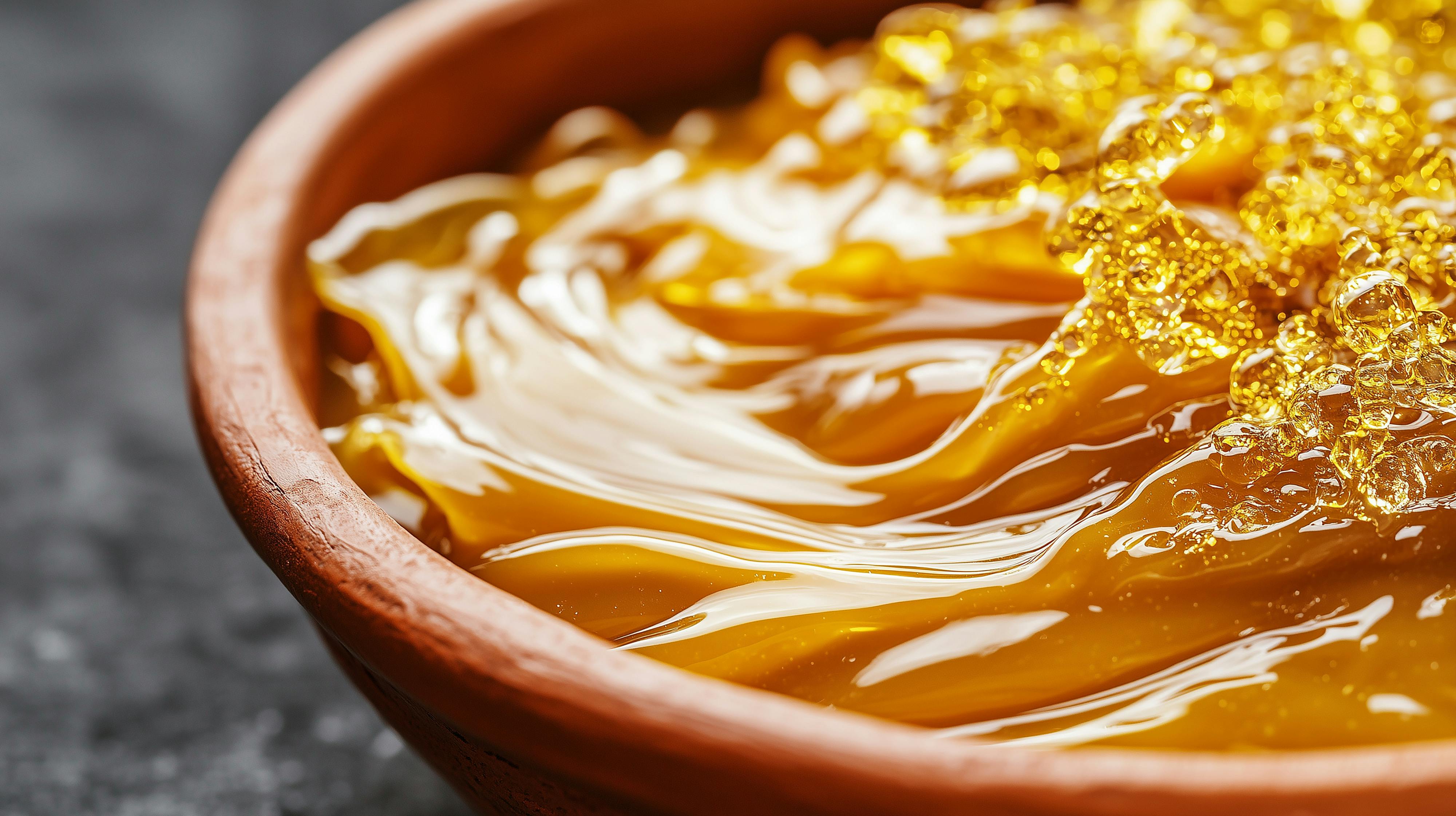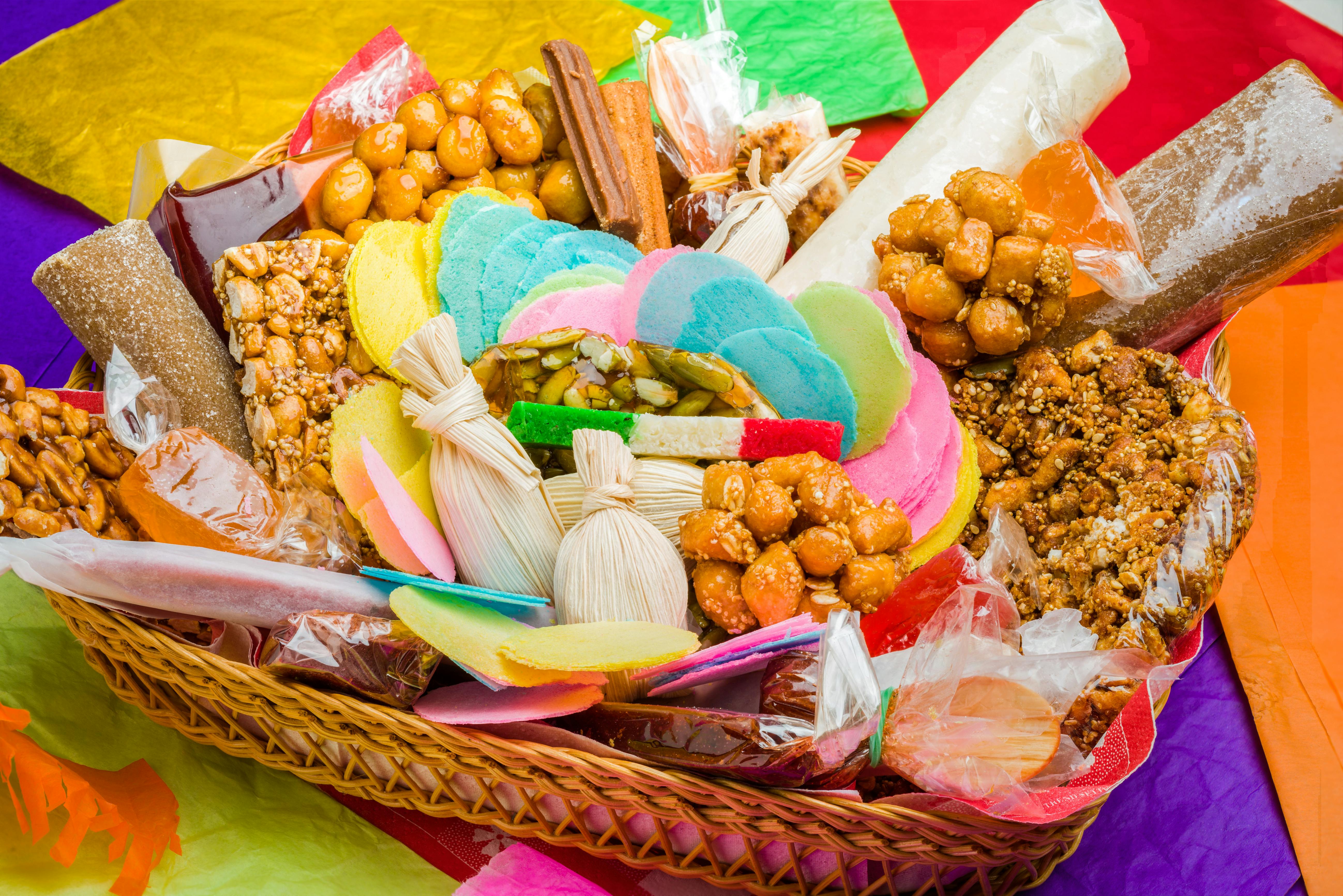May 11, 2020
•
5 min read
What is Cajeta and How Is It Different from Dulce de Leche?
What is cajeta? Learn about Mexico's delicious goat milk caramel, its Indonesian origins, how it's made in Celaya, and why it's different from dulce de leche.
Rafael Bracho
Insurance Expert
What Is Cajeta? The Complete Guide to Mexico's Goat Milk Caramel
This article explores the history of caramel—in particular cajeta. What is cajeta? Do you like cajeta? Have you ever tried it? We'd love to hear from you in the comments below!
Interested in expat health insurance? Click here for a 1-minute quote!
What is Cajeta and How Is It Different from Dulce de Leche?
What is Cajeta — Introduction
If you've been in Mexico for a while, then you've likely come across cajeta. This delicious Mexican caramel is a staple in the country. Like many Mexican children, I grew up eagerly awaiting my favorite dessert which was so often a spoonful of cajeta that my uncle had given me.
However, cajeta's origins are nebulous. Tracking down its history becomes difficult because so many countries have claimed to be the originators of this form of caramel. As I explored further, I discovered a rich tradition underlying this dessert.
The word "caramel" likely comes from the late Latin root calamellus meaning sugar cane, however other origins are in debate (like cannamellis which is medieval Latin for sugar honey, or the Arabic kora-monallah which means sweet ball).
However, it seems that the term "cajeta" comes from a small box (or caja in Spanish). Apparently, the caramel was likely stored in small boxes, and obviously the candies would come out shaped like small squares that resembled those boxes.
What is Cajeta — How Is It Different from Other Caramels?

To make a type of caramel, you have to heat up sugar above 170C (340F) in order to break down the molecules and reform them into different compounds. However, this basic process can create a multitude of different types of caramel.
Caramel
When you cook down only the sugar (maybe with a splash of water), then the product is called caramel. This process gives it that sweet and roasted flavor and the golden-brown color that is typical of caramel.
Toffee
Toffee is a type of caramel containing milk/cream, butter, vanilla, sugar, and glucose. The sugar and glucose are heated separately and then combined with the cream and butter (which cools the mixture down). Then they are heated up together creating a soft, chewy consistency.
Dulce de Leche
If you burn down sugar with a splash of cow's milk instead of water, then this product is known as dulce de leche. Meaning "sweet from milk" in Spanish, dulce de leche is among the most popular desserts in Latin America, and it is gaining popularity around the world.
Butterscotch
If you add a chunk of butter (instead of milk or water), and if you typically add this to brown sugar instead of granulated sugar, then you end up with butterscotch. This type of caramel is usually richer, softer, and often sweeter than other types of caramel.
Cajeta
Lastly, the subject of our article, cajeta is often synonymous with dulce de leche, and they are very similar, but there is one crucial difference between the two. Cajeta is made with goat's milk. This distinction gives cajeta a unique flavor, a thicker consistency, and generally a darker color.
What is Cajeta — Where Did Cajeta Come From?

Origins of Caramel
Before looking at the origins of cajeta, we must first look at the origins of caramel. Though every South American country has staked a claim on creating caramel. Some countries like Argentina even hold legends as to the exact date that caramel was created. (In case you were wondering, Argentinian legend has the creation to be June 24th, 1829).
*This has been proven to be a myth because there were already requests for casks of Dulce de Leche found in letters dating from 1814 and 1817.
However, Argentine author and historian Daniel Balmaceda seems to be the authority on the history of caramel. He pinpoints caramel to have originated in Indonesia. Apparently, this allegedly-quintessential dessert holds its origins in Indonesia. That's right, from Indonesia, caramel spread through Southeast Asia until it arrived in the Philippines in the 6th Century.
It was only in the mid-16th Century that it became known to the West. At the time, the Philippines were under the control of the Viceroy of New Spain. It was impractical to manage the islands from Spain for it was too far away, therefore the charge was put on Mexico to administrate the Philippines.
At that time, it was often referred to solely as "the delicacy", and it was heavily exported to the Mexican Pacific Coast—specifically, in cities like Puerto Vallarta and Acapulco. From there it would spread throughout the Americas, with each country offering their own twist on the dessert.
Origins of Cajeta
One such twist would be the simple substitution of cow's milk for goat's milk. During the viceregal period in what was then called New Spain, goats were very prevalent in the area of El Bajío—a flat region encompassing parts of the states of Aguascalientes, Guanajuato, Querétaro, Jalisco, San Luis Potosí, Michoacán, and Zacatecas.
In particular, it was the mixing of half goat's milk and half cow's milk which created a particularly delicious form of cajeta in the Mexican city of Celaya. Founded in 1570, this town was originally called Villa de la Purísima Concepción de Zalaya. Even today, this city of Celaya—which lays near San Miguel de Allende and Santiago de Querétaro—is still known as the cultural headquarters for cajeta today.
In fact, though the fabrication of cajeta has been industrialized, it is only in Celaya that you can find artisanal cajeta still made in the traditional fashion as it was over four hundred years ago. For this rich tradition (and for Guanajuato's role in the Mexican War of Independence), cajeta was named the official dessert of the Mexican Bicentennial in 2010.
What is Cajeta — Types of Cajeta

There are several different types of cajeta that can be found in Mexico—in particular around Celaya. We decided to list off a few for you to discover:
Cajeta Quemada
This is the traditional form of cajeta that you would find with its rich, burnt caramel color. Originally, historian Daniel Balmaceda states that dulce de leche and cajeta were far lighter in color until ingredients that contained sodium bicarbonate were added to the mix.
Cajeta Envinada
"Envinada" refers to adding wine to the mix, and this form of cajeta has a slight liquor aftertaste. Originally, it was wine, however now many artisanal producers of cajeta have experimented with other forms of alcohol. These all fall under the banner of cajeta envinada.
Cajeta de Vainilla
This type of cajeta has had raw vanilla or vanilla extract added to the mix to give it a subtly different flavor which complements the richness of the cajeta's texture.
How to Use Cajeta
Cajeta is incredibly versatile in Mexican cuisine. Here are some popular ways to enjoy it:
- On crepes or pancakes - A breakfast favorite throughout Mexico
- With fresh fruit - Particularly strawberries or bananas
- In ice cream - Either swirled in or as a topping
- On churros - A classic street food pairing
- In coffee - As a sweet, caramel-flavored creamer
- Straight from the jar - The way many Mexican children (including myself) grew up eating it
Where to Buy Authentic Cajeta

If you're living in Mexico, you can find cajeta in virtually any supermarket. However, for the best quality:
- Celaya, Guanajuato - Visit the source for artisanal, traditionally-made cajeta
- Mercados - Local markets often carry small-batch cajeta from regional producers
- Specialty food shops - Look for brands from Celaya or Guanajuato
- Online - Many artisanal producers now ship throughout Mexico and internationally
Popular brands include Coronado, La Chona, and various artisanal producers from Celaya.
Making Cajeta at Home
While traditional cajeta requires patience and careful attention, it's possible to make at home if you can source goat's milk. The basic process involves:
- Slowly simmering goat's milk with sugar
- Adding a pinch of baking soda to help with caramelization
- Stirring constantly to prevent burning
- Cooking until it reaches a thick, caramel consistency (usually 1-2 hours)
- Adding vanilla or other flavorings if desired
The key is patience—rushing the process will result in burnt or grainy cajeta.
What is Cajeta — Conclusion
Though caramel has a varied and shrouded history in the Americas, one thing is certain: cajeta is a quintessentially Mexican dessert. It originates in the area where the Independence from Spain itself originated—a tradition which is still alive today.
If you are an expat living in Mexico then we highly recommend that you embrace this fabulous dessert. It's terrific on anything—especially all manner of pastries—however if you get a truly fabulous cajeta, I would suggest that you try it the way I grew up eating it: with nothing but a spoon.
Frequently Asked Questions About Cajeta
Is cajeta the same as dulce de leche?
No, while they're similar, cajeta is made with goat's milk while dulce de leche is made with cow's milk. This gives cajeta a distinct flavor, thicker consistency, and darker color.
Where can I buy cajeta outside of Mexico?
Many Latin American grocery stores carry cajeta, and it's increasingly available online through specialty food retailers and Amazon.
How long does cajeta last?
Unopened, cajeta can last several months in a cool, dry place. Once opened, refrigerate it and use within 2-3 weeks.
Can I substitute cajeta for dulce de leche in recipes?
Yes, they're generally interchangeable in recipes, though cajeta will provide a slightly different, more complex flavor profile.
Is cajeta gluten-free?
Traditional cajeta is gluten-free as it contains only goat's milk, sugar, and sometimes vanilla or alcohol. Always check labels on commercial brands to be sure.
Related Articles:
- Regional Cuisines of Mexico
- What Is Atole? A Quick Guide to Mexican Drinks
- The History of Tamales in Mexican Culture
- Mexican Independence Day: History and Celebrations
Rafael Bracho
Insurance Expert & Writer
For several years, Rafael has been crafting articles to help expats and nomads in their journey abroad.
Get Protected While Living Abroad
Found this article helpful? Make sure you have the right insurance coverage too. Get instant quotes for international health, life, and travel insurance.
Takes 2 minutes • Compare multiple providers • Expert advice

